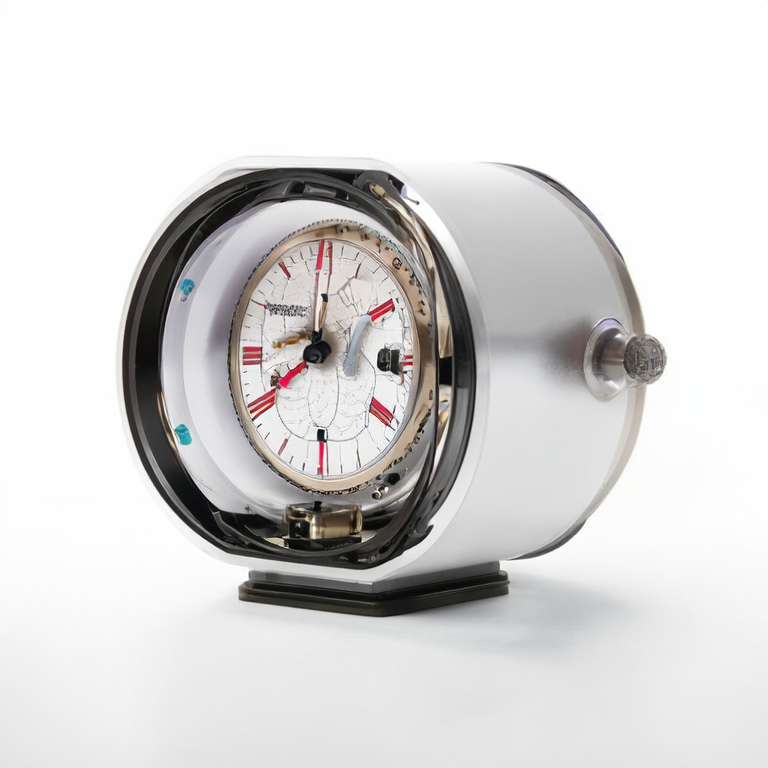Understanding the Importance of atomic clocks in Global Timing Standards
In an era where precision timing is paramount, atomic clocks play a crucial role in supporting compliance with global timing standards. Users often struggle with synchronization issues that can lead to serious ramifications in various sectors—such as telecommunications, finance, and navigation. Imagine a telecommunications company experiencing delays in data transfer due to inconsistencies in timing. By incorporating atomic clocks, which maintain accuracy within one second over millions of years, these businesses can drastically improve their operational efficiency. The needs of users can range from ensuring regulatory compliance in finance to enhancing the precision of GPS systems.
Required Preparation for Utilizing Atomic Clocks
Before diving into the world of atomic clocks, there are certain prerequisites you should know. Ensuring compliance with global timing standards requires a foundational understanding of:
- Types of Atomic Clocks: Familiarize yourself with the different types available, such as cesium, rubidium, and optical lattice clocks.
- Necessary Tools: To integrate atomic clock technology, you\'ll need precise synchronization tools and software that can interpret and implement timing data.
- Customization for Specific Industries: Assess your industry’s specific requirements to choose the right atomic clock technology that aligns with your operational needs.
Step-by-Step Guidance on Implementing Atomic Clock Technology
Implementing atomic clock technology doesn\'t have to be intimidating. Follow these clear and actionable steps:
- Step 1: Define Your Timing Requirements
Identify the precision required for your application, whether it\'s for financial transactions or network communications. For instance, the telecommunications company mentioned earlier needed synchronization within 0.01 seconds.
- Step 2: Research Atomic Clock Models
Explore various atomic clock manufacturers, such as California Triangle, known for high-performance clocks that ensure compliance with international standards.
- Step 3: Acquire the Necessary Hardware
Purchase the atomic clock that suits your defined requirements. Ensure to include necessary integration software that can help interpret the timing signals.
- Step 4: Implement the Hardware
Install the atomic clock in a controlled environment to minimize external factors that could lead to inaccuracies.
- Step 5: Synchronization and Calibration
Calibrate your system to ensure synchronization with the atomic clock. This can involve working with IT professionals who specialize in time standards.
- Step 6: Testing and Validation
Conduct tests to validate the timing accuracy using tools that can measure time discrepancies in real-time.

Common Errors and Solutions in Implementing Atomic Clocks
While integrating atomic clocks, users often encounter common pitfalls. Here are some common errors and their solutions:
- Error: Inaccurate Calibration
Solution: Regularly maintain and recalibrate clocks to ensure tight synchronization.
- Error: Incompatible Software
Solution: Ensure the software used can accurately interpret signals from the atomic clock.
- Error: External Interference
Solution: Install the clock in a controlled environment to minimize electromagnetic interference.
Summary and Suggestions for Effective Use of Atomic Clocks
Atomic clocks are essential for maintaining compliance with global timing standards. By following the outlined steps and being aware of potential pitfalls, organizations can leverage these technologies to improve their operational precision significantly. Businesses that have successfully integrated atomic clocks often report reductions in timing errors by up to 99.9%, leading to increased customer satisfaction and trust.
Frequently Asked Questions (FAQ)
Q: How accurate are atomic clocks?
A: Atomic clocks can achieve an accuracy of ±1 second over millions of years, a crucial feature for maintaining precision in various applications.
Q: What types of atomic clocks are there?
A: There are several types including cesium, rubidium, and optical lattice clocks, each offering different advantages depending on the application.
Q: How can atomic clocks be integrated into existing systems?
A: Integration typically involves hardware installation, software configuration, and meticulous calibration to ensure proper synchronization.

 EN
EN
